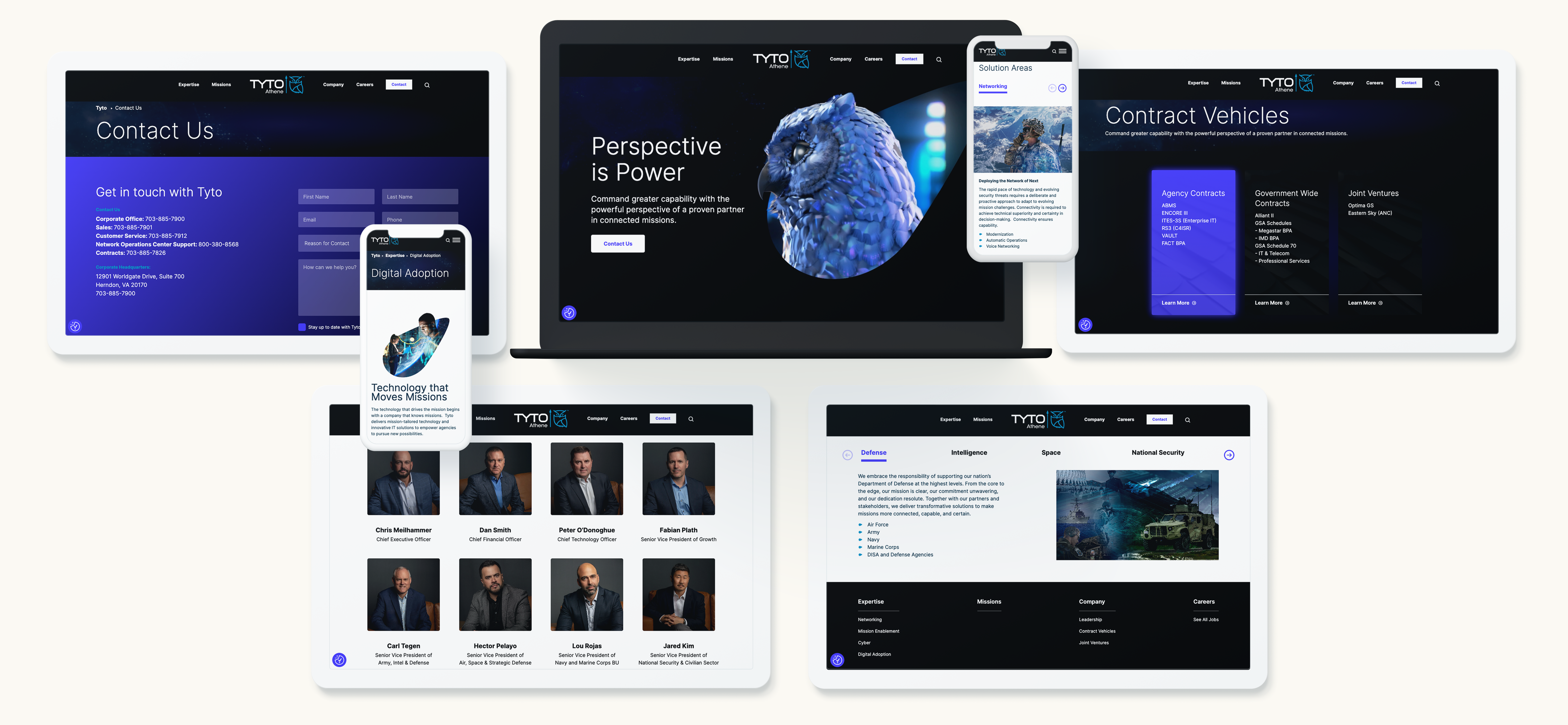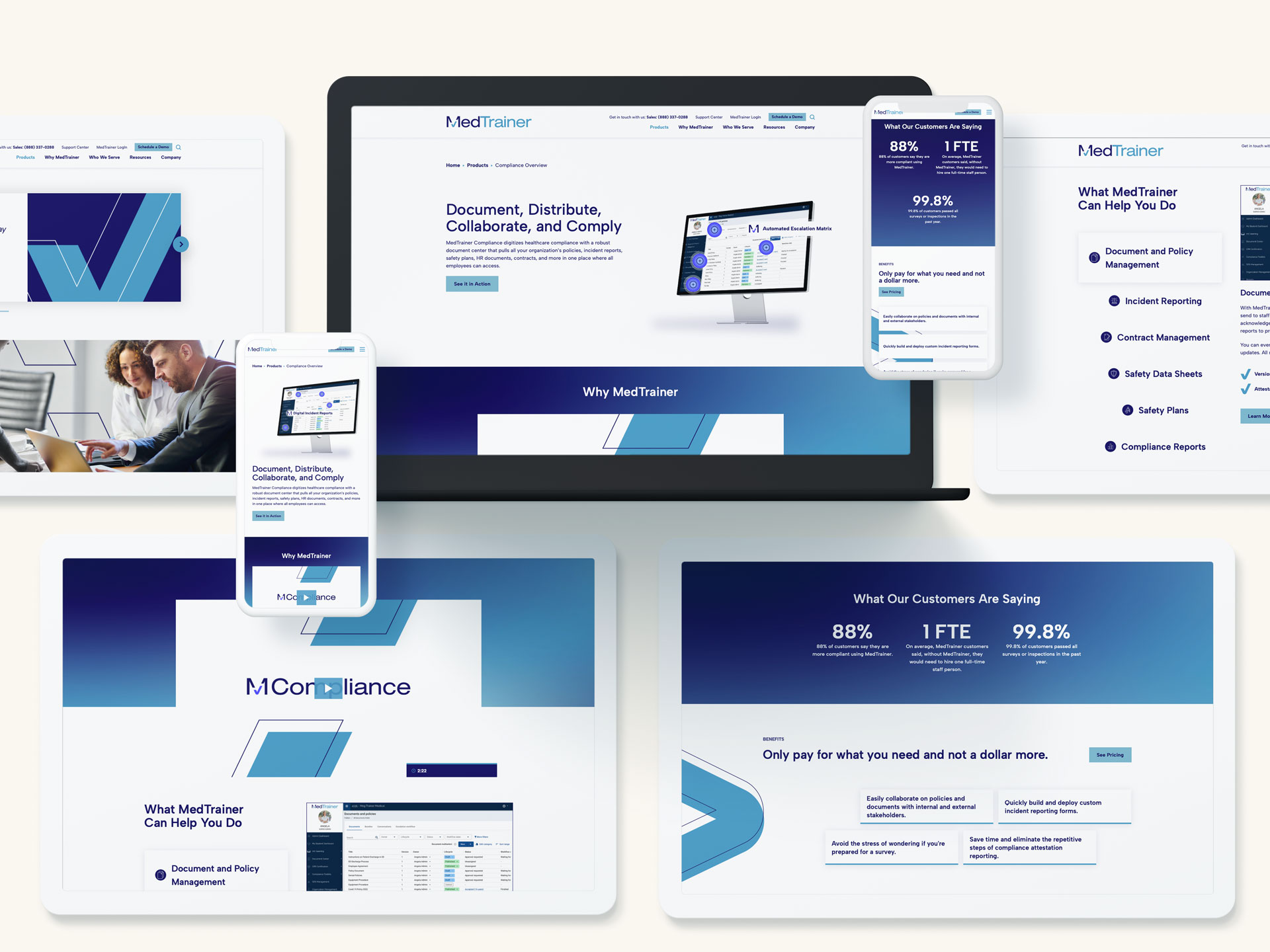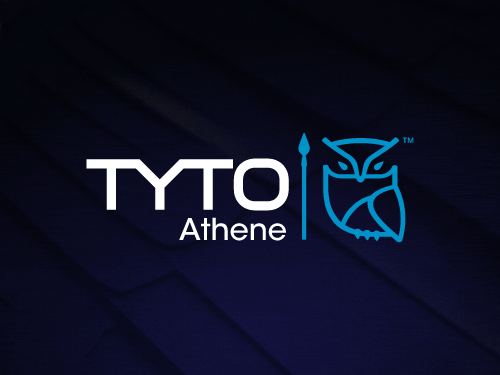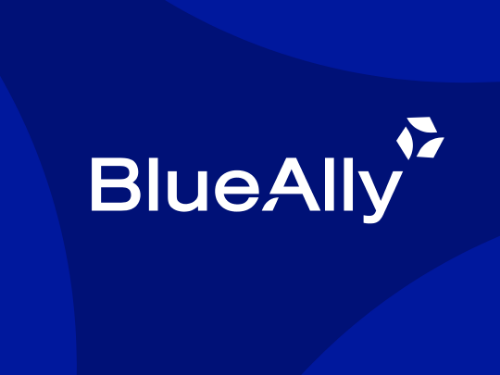In the realm of digital marketing, the design of your website is more than just an aesthetic endeavor; it is a strategic tool to build emotional connections with your audience. At Bluetext, we understand that color psychology plays a pivotal role in this process, influencing perceptions, decisions, and actions. By leveraging the power of colors, we can create a visually compelling and emotionally resonant experience for your visitors. Let’s dive into how color psychology can be harnessed to enhance your website design and create lasting impressions.
Understanding Color Psychology
Color psychology is the study of how colors affect human behavior and emotions. Different colors can evoke specific feelings and associations, making them a powerful tool in website design. Here’s a quick rundown of common color associations:
- Red: Passion, urgency, excitement, and attention. Often used in call-to-action buttons to stimulate quick responses.
- Blue: Trust, calmness, and professionalism. Popular among brands that want to convey reliability and stability.
- Green: Growth, health, and tranquility. Ideal for eco-friendly and wellness-focused brands.
- Yellow: Happiness, optimism, and warmth. Great for creating a cheerful and inviting atmosphere.
- Purple: Luxury, creativity, and wisdom. Often used by brands that want to portray a sense of sophistication and innovation.
- Black: Power, elegance, and sophistication. Commonly used in high-end and minimalist designs.
- White: Purity, simplicity, and cleanliness. Essential for creating a sense of space and clarity.

Creating Emotional Connections Through Color
1. Establishing Brand Identity
Your website is an extension of your brand, and the colors you choose should reflect your brand’s personality and values. At Bluetext, we work with clients to identify their core attributes and translate them into a cohesive color palette. For example, a tech company might use blue to convey trust and innovation, while a beauty brand might opt for purple to emphasize luxury and creativity.
2. Enhancing User Experience
A well-chosen color scheme can guide users through your website, making it easier for them to navigate and find the information they need. By strategically placing colors in key areas, such as navigation menus, call-to-action buttons, and highlighted sections, we can create a more intuitive and enjoyable user experience. This not only helps keep visitors engaged but also encourages them to take desired actions, such as signing up for a newsletter or making a purchase.
3. Evoking Desired Emotions
Different colors can evoke specific emotions, which can be leveraged to create the desired atmosphere on your website. For instance, a spa website might use soft greens and blues to create a calming effect, while an e-commerce site might use vibrant reds and oranges to evoke excitement and urgency. By aligning the color scheme with the emotional tone you want to set, you can create a more immersive and impactful experience for your visitors.
4. Building Trust and Credibility
Color psychology can also play a crucial role in building trust and credibility with your audience. Blue, for example, is often associated with trust and reliability, making it a popular choice for financial institutions and healthcare providers. Similarly, using consistent and harmonious color schemes can create a sense of professionalism and attention to detail, which can enhance your brand’s credibility.

Implementing Color Psychology in Website Design
At Bluetext, we follow a strategic approach to implementing color psychology in website design:
1. Research and Analysis
We start by understanding your brand, target audience, and industry. This involves analyzing competitors, identifying key emotional triggers, and exploring cultural associations with colors.
2. Color Palette Development
Based on our research, we develop a color palette that aligns with your brand’s personality and goals. This palette includes primary, secondary, and accent colors that work harmoniously together to create a cohesive look and feel.
3. Design and Testing
We integrate the chosen colors into the website design, paying close attention to their placement and impact. We also conduct user testing to gather feedback and make necessary adjustments to ensure the colors effectively convey the desired emotions and enhance the user experience.
4. Continuous Optimization
Color psychology is not a one-time effort. We continuously monitor the performance of your website and make data-driven adjustments to optimize the color scheme for better engagement and conversions.

Conclusion
Color psychology is a powerful tool in website design that can help create emotional connections with your audience. By understanding the emotional impact of colors and strategically incorporating them into your website, you can enhance user experience, build trust, and drive desired actions. At Bluetext, we are experts in leveraging color psychology to create visually stunning and emotionally resonant websites that deliver results.
Ready to transform your website with the power of color? Contact Bluetext today and let us help you create a digital experience that truly connects with your audience.



